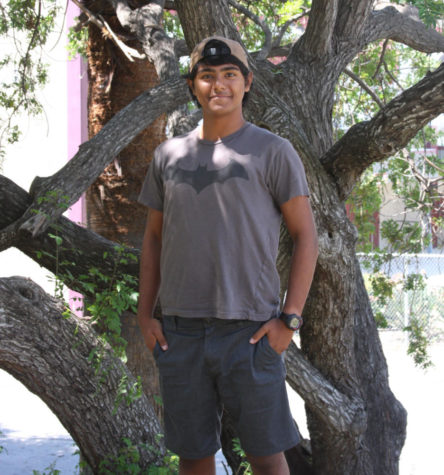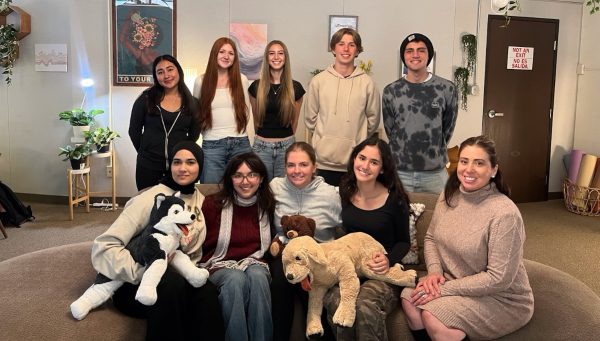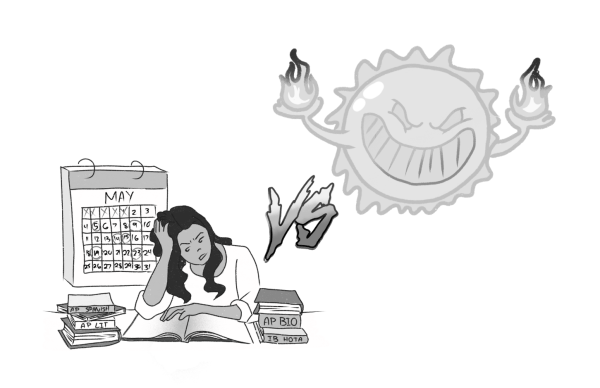D.A.R.E. Program’s Defunding
The U.S. is among one of the biggest countries to suffer from drug addictions. However, 2017 was a year where drug use had been at an all-time low. According to a 2017 survey conducted by the National Drug Institute of Drug Abuse (NIDA), alcohol use in 10th and 12th-graders had dropped 14.5% in the last 20 years. However, overdoses by opioid use had increased from 2,000 deaths in 2002 to 12,000 deaths in 2015. Some say programs like D.A.R.E. (Drug Abuse Resistance Education) are the cause of these results, but some say otherwise. Programs like D.A.R.E. might not be as relevant in our teenage lives because we are so caught up in school, but the importance of the lessons D.A.R.E. teaches is still evident today.
Back in the early 2010s, the program’s funds were cut. However, even with these challenges, the program itself managed to thrive and still educate fifth-graders at CUSD elementary schools. In D.A.R.E., volunteers such as teachers and officers come to the school and educate the fifth-graders for 10 weeks — each week a different lesson — about making positive decisions in their lives. Over the years, the program has somewhat evolved by incorporating new concepts like discussing the health effects of drug use, confident communication, responding to bullying and peer pressure, and ultimately being a good citizen in the community.
D.A.R.E has been widely recognized as the go-to program about drug prevention and good choices. However, some say otherwise and think that D.A.R.E. is actually counter-productive and has not had any effect at all on both middle and high schoolers. The U.S. General Accounting Office (GAO) is among one of the few U.S. departments that do not believe the program is effective. In 2003, the GAO publicly released a 20 page report covering the effectiveness of the D.A.R.E. program as a whole. The report consisted of six different long term evaluations, and the results revealed that there were no significant differences between youths who underwent the program and youths who did not.
Even though some departments do not stand by D.A.R.E. and programs like it, there are still many pros backing it up. According to the U.S. Substance Abuse and Mental Health Services Administration (SAMHSA), students who took the D.A.R.E. program reported more lowered alcohol, tobacco, and marijuana use over someone who did not take the program. Jennifer Ganino, an officer who works at the Claremont Police Department and is the student resources officer at CHS, also believes that D.A.R.E. and similar programs are beneficial for the community.
“I think the D.A.R.E. program provides our youth with the necessary skills so they can make safe and responsible choices in their life. But not only does it teach kids how to make good choices and educate them on topics beyond just drug use, I think it also bridges a gap between our local law enforcement and our youth,” Ganino said. “You are all the future, and I feel that if I can make a difference in at least one kid’s life, then I’ve done my part.”
Claremont and many cities still work with the D.A.R.E. program not just because it helps kids not partake in drug use but also because it helps guide kids to make better choices, become better citizens, and help bridge the gap between the youth and the local law enforcement. The message that D.A.R.E. and programs like it bring is very simple: educate so the nation will know how to make better life decisions. The fight for drug prevention is still happening, so students here at CHS can help make a difference the same way programs like D.A.R.E are doing.
Hello there! Our goal is to provide relavent, engaging journalism for readers of all ages. Your donation will support the student journalists of the Wolfpacket at Claremont High School, and will allow us to purchase equipment, print our monthly issues, and enter in journalism competitions. We appreciate your consideration!

Sean Castro is a sophomore attending Claremont High School. This is his first year of Wolfpacket and he’s very excited to start off a new “journalistic”...








